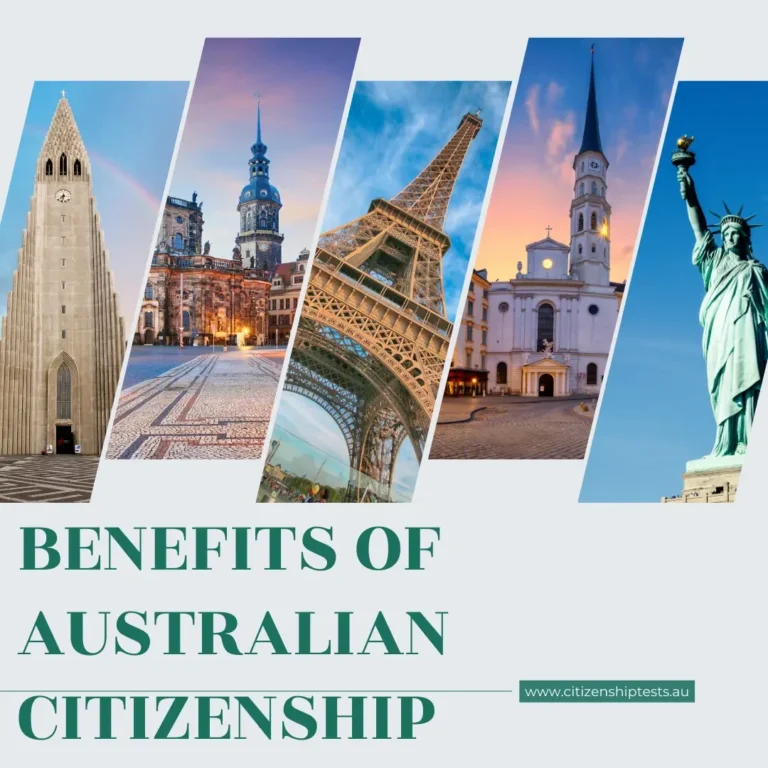LIFE IN THE UK TEST SERIES EXAM 36
Language and communication are vital elements of daily life in the United Kingdom, a nation renowned for its rich linguistic tapestry and diverse cultural interactions. While English serves as the predominant language, the UK’s linguistic landscape is complex and multifaceted. Understanding both the formal and informal aspects of language, as well as the communication styles prevalent in British culture, is crucial for effective interaction and integration.
English: The Lingua Franca of the UK
English is the official language of the United Kingdom, and it is used widely across various sectors including education, business, and government. However, the language is far from homogeneous. The UK is home to a myriad of regional accents and dialects, each adding its own flavor to the English language.
From the distinct Cockney rhyming slang of London to the melodic tones of Welsh and the broad, rolling accents of Yorkshire, the variations in English can be striking. While standard English, often referred to as “Received Pronunciation” (RP), is typically used in formal settings, informal conversations often feature local colloquialisms and slang that can vary significantly from one region to another.
Understanding these linguistic nuances is not merely an academic exercise; it is essential for effective communication and social integration. For newcomers and visitors, familiarizing oneself with regional accents and slang can aid in better comprehension and smoother interactions with locals.
Beyond Language: British Communication Styles
In addition to the diverse accents and dialects, the British communication style is marked by certain distinctive characteristics:
- Politeness: The British are renowned for their emphasis on politeness and courtesy. Phrases such as “please,” “thank you,” and “sorry” are deeply ingrained in everyday interactions. This politeness is often coupled with a desire to avoid conflict or discomfort, which can sometimes lead to a more reserved manner of speaking.
- Indirectness: Direct confrontation is often avoided in British communication. Instead, people may prefer to hint at their true feelings or opinions rather than state them outright. This indirectness can sometimes lead to misunderstandings, particularly for those who are used to more straightforward communication styles.
- Humor: Humor, particularly self-deprecating humor, is a key aspect of British culture. The ability to laugh at oneself and find humor in everyday situations is highly valued. This humor often involves irony or understatement, which can be subtle and requires a certain cultural awareness to fully appreciate.
The Impact of Diversity
The increasing multiculturalism of the UK has significantly enriched its linguistic landscape. While English remains the dominant language, a multitude of other languages are spoken across the country. This diversity is a reflection of the UK’s growing international community and has led to the emergence of new communication forms and practices.
For instance, code-switching, where individuals switch between languages depending on the context, has become commonplace in many communities. This practice can enhance communication efficiency and foster a sense of belonging among speakers of different languages.
Language and Social Integration
Proficiency in English is a key factor in social integration within the UK. Effective communication is essential for accessing employment, education, healthcare, and social services. For newcomers and immigrants, achieving a good level of English proficiency can significantly ease the transition into British society and help build meaningful connections.
However, language barriers can present challenges. For those struggling with English, various support services are available, including language classes, translation assistance, and interpretation services. These resources are designed to help individuals overcome obstacles and fully participate in British life.
The Role of Media and Technology
Media and technology play a pivotal role in shaping language and communication in the UK. The influence of television, radio, and newspapers extends beyond mere information dissemination; these mediums also shape vocabulary, pronunciation, and cultural references.
The rise of digital technology has further transformed communication patterns. Social media platforms and online forums have become central to social interaction and information sharing. These digital spaces often introduce new forms of language use, including internet slang and emojis, which reflect contemporary communication trends.
Conclusion
Language and communication are integral to the fabric of life in the United Kingdom. While English serves as the primary language, the country’s rich dialectal diversity, distinctive communication styles, and growing multiculturalism contribute to a dynamic linguistic environment. Understanding these elements is crucial for effective interaction and integration within British society.
The interplay between language, culture, and communication highlights the importance of both formal language skills and an appreciation of informal linguistic nuances. As the UK continues to evolve, the ability to navigate its complex linguistic landscape will remain a key factor in fostering successful interactions and building strong relationships.



